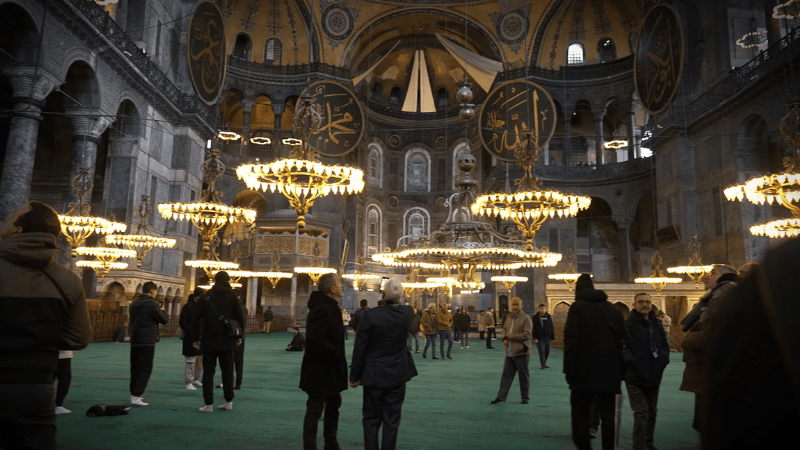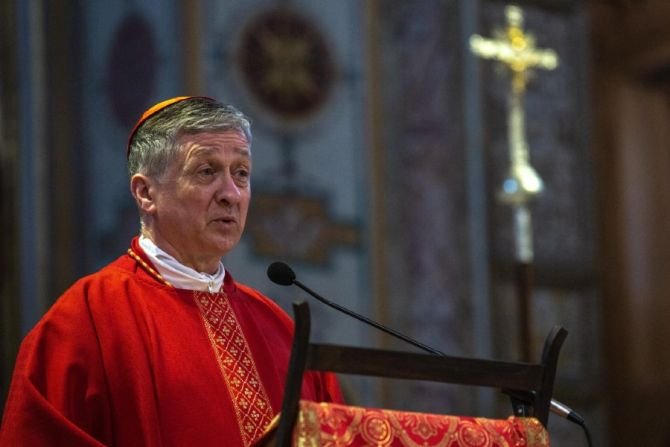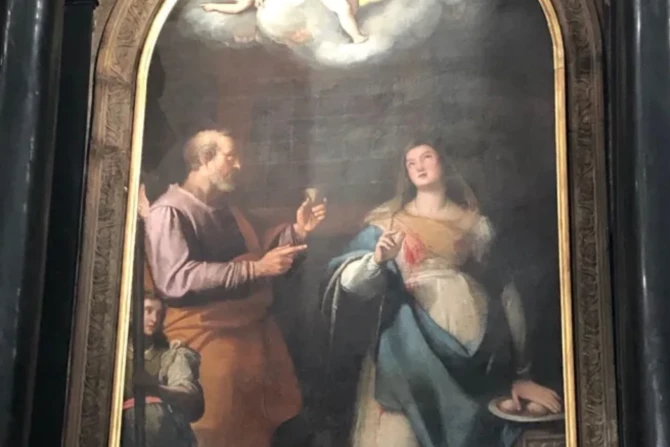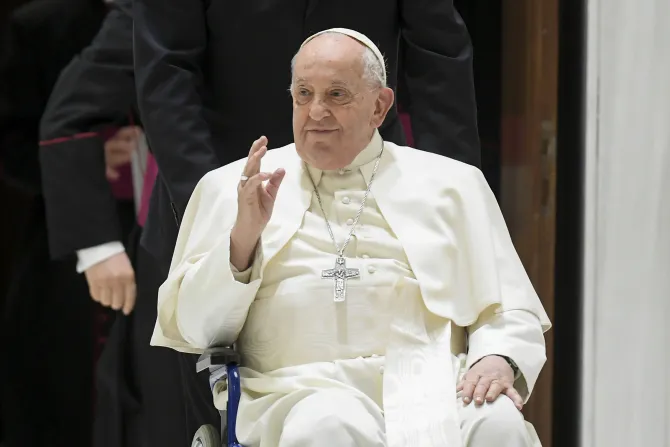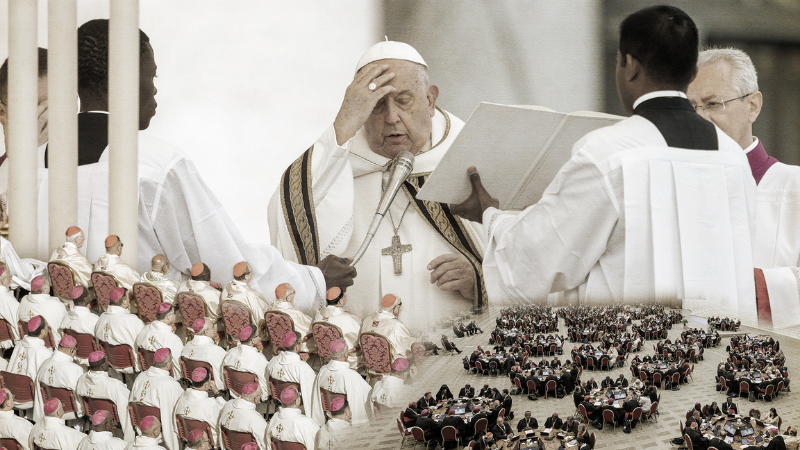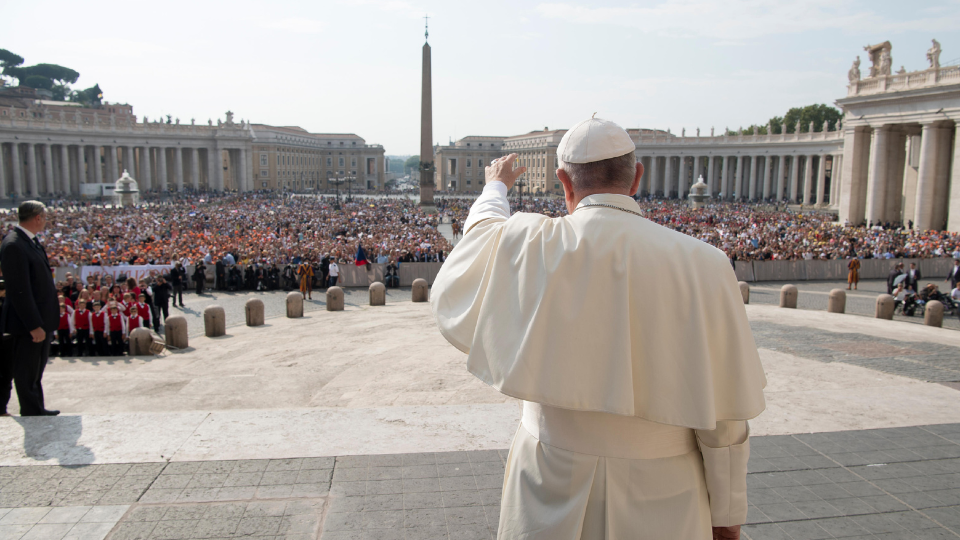By a lake outside of Iznik, a small town in Turkey, stands Gregory III Laham, Patriarch Emeritus of Antioch and All the East, of Alexandria and Jerusalem. The former spiritual leader of the Melkite Greek Catholic Church recites the creed in Greek.
The Council of Nicaea took place here exactly 1700 years ago. It was also the birthplace of the Nicene Creed.
“The council in Nicaea – today, Iznik is the name of this city – has been very important because it’s been the first ecumenical council,” Fr. Giovanni Biallo, Spiritual Assistant of the Opera Romana Pellegrinaggi, explained.
Fr. Biallo traveled to Turkey with a group of pilgrims from Rome to visit the site of this council. They were joined by Sr. Rebecca Nazzaro, the director of Opera Romana Pellegrinaggi. She added:
“We recite the Nicene-Constantinopolitan Creed every Sunday, but we don’t realize how much there was to fight about, how much there was to struggle over among the various theologians. There was also a fight against heresies that did not recognize Jesus Christ as true God and true man.”
The Council of Nicaea in 325 was groundbreaking, as it rejected the heresy of Arianism and affirmed the full divinity of Jesus Christ.
Church historians such as Matthias Simperl, professor at Augsburg University, note that in 325 the Roman Emperor Constantine, concerned at the crisis the heresy was causing, called for the first ecumenical council in history – a gathering of the Church’s bishops with the support of Pope St. Sylvester I.
Prof. Simperl explained:
“We can assume that there were meetings, as reported by contemporary and later sources. These were sessions in which all the council participants came together, in which public deliberations were held, including under the chairmanship of the emperor. We also know that disputes arose at the Council, that bishops had to justify their controversial beliefs.”
Cardinal Kurt Koch, Prefect of the Dicastery for Promoting Christian Unity, added to the story:
“There was a great crisis at the time, which came mainly from Alexandria in Egypt, where the presbyter Arius held the opinion of a very strict monotheism, a very strict, one-God faith. In his opinion Jesus Christ cannot be the Son of God at all. The synods in Alexandria were unable to solve this problem, which is why the Emperor Constantine convened a council and invited 1,800 bishops, 318 of whom attended, including St. Nicholas of Myra.”
Rudolf Gehrig of the EWTN Vatican Bureau asked, “Is the legend that St. Nicholas slapped Arius in the face true?”
“That is how it is handed down,” Cardinal Koch responded. “I don’t know whether that was really the case. But it would be the outward expression of his inner attitude. St Nicholas was truly convinced that we must confess Christ.”
Prof. Simperl added: “Even decades later, Nicaea was a resource on which church unity could be built, theologically. The divisions of the fourth century no longer play a role in ecumenical dialog today. Almost all Christian denominations are united on the Trinitarian question.”
After all, this year Orthodox and Catholic Christians are celebrating Easter on the same day. Together with Pope Francis, Cardinal Kurt Koch is committed to ensuring that Catholics and Orthodox will always have a common Easter date in the future. He pointed out:
“And the other dimension is the ecumenism of blood, which Pope Francis strongly underlined. Pope Francis asked the question: If our enemies unite us in death, how can we continue to divide ourselves?”
SIGN UP FOR OUR NEWSLETTER HERE
Adapted by Jacob Stein
Camera by Fabio Gonella, Martin Rothweiler, Alberto Basile; Special thanks & Credits to Opera Romana Pellegrinaggi

